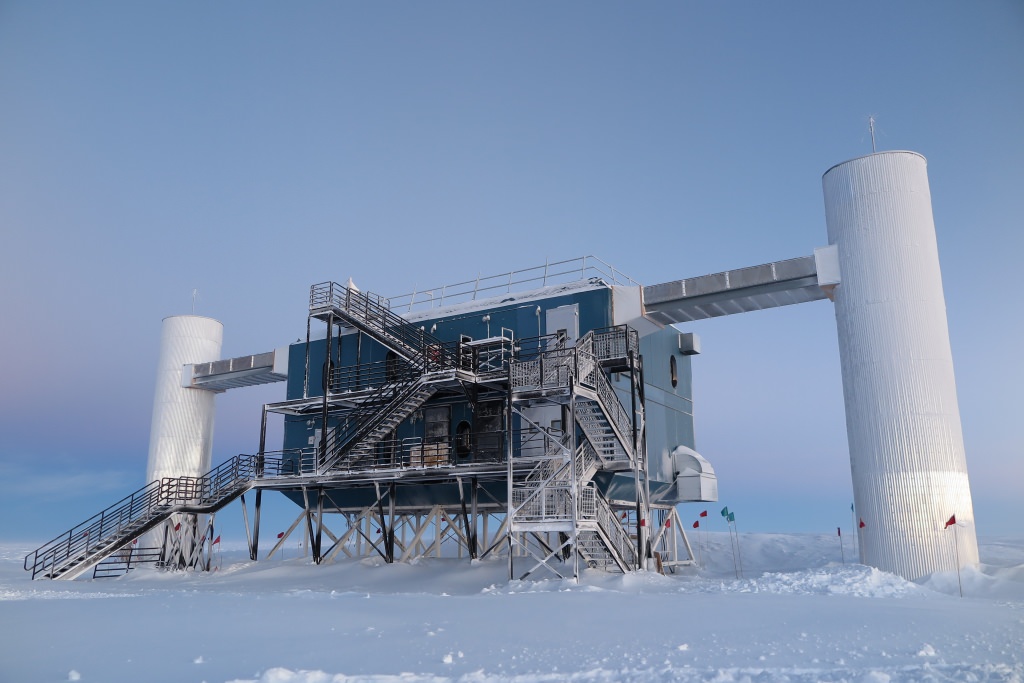
Caption: A new study suggests that high-energy neutrinos of blazars might be produced mainly during the gamma-ray flare phase.
Credit: NASA Goddard Space Flight Center from flickr (https://www.flickr.com/photos/24662369@N07/19578977022)
License type: CC BY 2.0
Gamma-ray flares from blazars can be accompanied by high-energy neutrino emission. To better understand this phenomenon, an international research team has statistically analyzed 145 bright blazars. They constructed weekly binned light curves and utilized a Bayesian algorithm, finding that their sample was dominated by blazars with low flare duty cycles and energy fractions. The study suggests that high-energy neutrinos of blazars might be produced mainly during the flare phase.
Blazars ...
Read More









Recent Comments